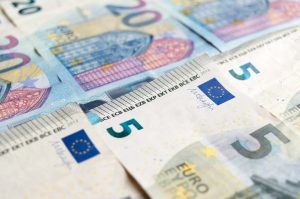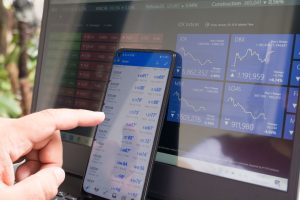Forex trading is a lucrative venture that involves buying and selling currency pairs. However, before executing any trade, it is essential to determine the appropriate trade size. The trade size is the number of lots or units of currency that a trader buys or sells in a particular trade. Sizing your forex trade correctly is crucial as it helps to minimize risk and maximize profits. In this article, we will discuss how to size your forex trade.
1. Determine your risk appetite
The first step in sizing your forex trade is to determine your risk appetite. Risk appetite refers to the level of risk that you are willing to take on a particular trade. This will depend on your trading experience, financial goals, and personal preferences. If you are a conservative trader, you may want to limit your risk exposure to a small percentage of your trading account balance. On the other hand, if you are an aggressive trader, you may be comfortable taking on higher levels of risk.
2. Calculate your position size
Once you have determined your risk appetite, the next step is to calculate your position size. The position size refers to the number of lots or units of currency that you will trade. To determine your position size, you will need to consider the following factors:
– Account balance: Your account balance is the total amount of money that you have in your trading account. A general rule of thumb is to risk no more than 1-2% of your account balance on a single trade.
– Stop loss: The stop loss is the price level at which you will exit the trade if the market moves against you. The stop loss is determined by your trading strategy and risk tolerance.
– Pip value: The pip value is the amount of money that a currency pair moves in a single pip. The pip value varies depending on the currency pair and the base currency of your trading account.
To calculate your position size, you can use the following formula:
Position size = (Account balance x Risk per trade) / (Stop loss x Pip value)
For example, suppose you have a trading account balance of $10,000, and you are willing to risk 2% of your account balance on a single trade. Your stop loss is 50 pips, and the pip value for the EUR/USD currency pair is $10. Using the formula above, your position size would be:
Position size = ($10,000 x 0.02) / (50 x $10) = 4 lots
3. Consider your leverage
Leverage is a tool that allows traders to control larger positions with a smaller amount of capital. However, leverage also increases the risk of loss. When sizing your forex trade, it is essential to consider the leverage that you are using. The higher the leverage, the smaller the position size you should take to limit your risk exposure.
For example, if you have a trading account with a leverage ratio of 1:100, and you want to trade a position size of 4 lots, you will need to have a margin of $4,000 in your account (4 lots x 100,000 units per lot x 1% margin requirement). If you have a smaller account balance, you may need to adjust your position size or use lower leverage to minimize your risk.
4. Monitor your trade
Once you have entered your trade, it is essential to monitor your position and adjust your trade size if necessary. If the market moves against you, you may need to adjust your stop loss or reduce your position size to limit your losses. If the market moves in your favor, you may want to adjust your position size to maximize your profits.
In conclusion, sizing your forex trade correctly is crucial to minimize risk and maximize profits. To size your forex trade, you need to determine your risk appetite, calculate your position size, consider your leverage, and monitor your trade. By following these steps, you can make informed trading decisions and improve your chances of success in the forex market.





